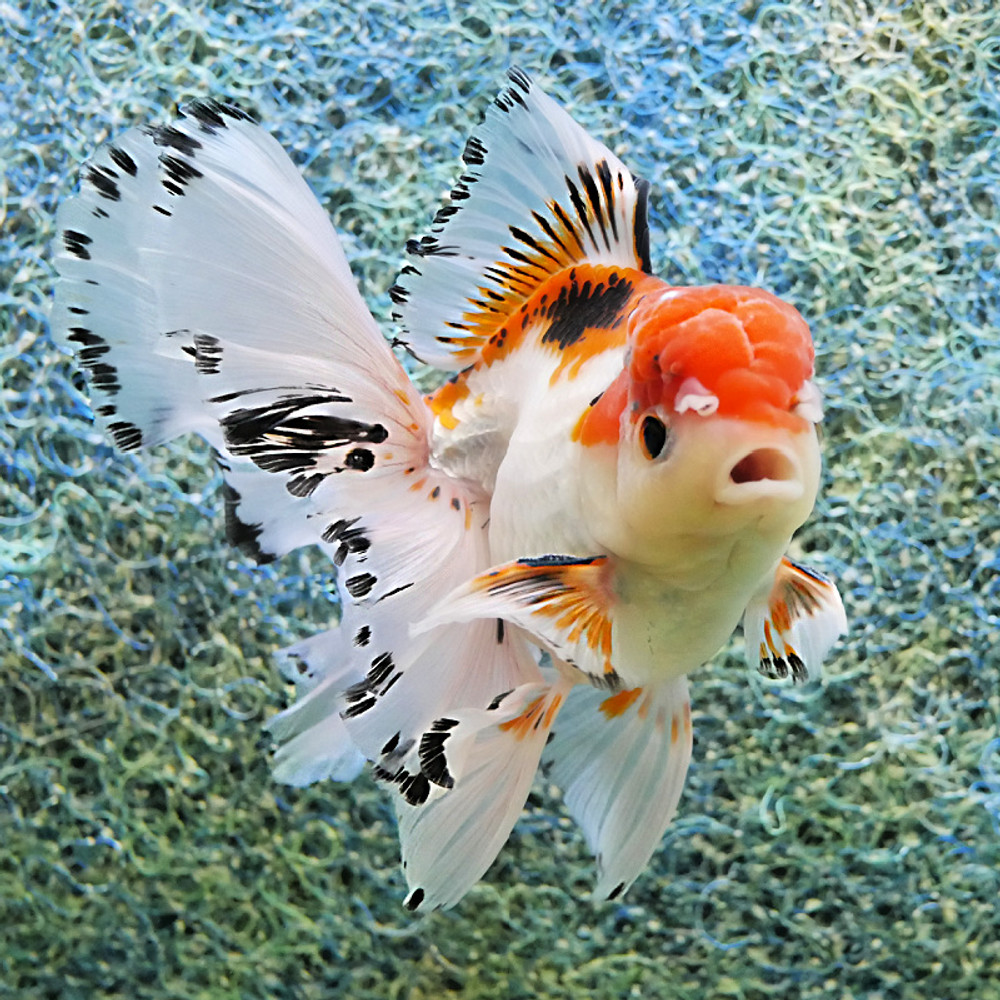Biao Teng GM: Insights & Trends
Explore the latest insights and trends in general news and information.
Aquarium Secrets: Keeping Your Fish From Getting Fishy
Unlock the hidden secrets of aquarium care and keep your fish thriving! Discover expert tips to prevent fishy problems today!
10 Essential Tips for Maintaining a Healthy Aquarium Environment
Maintaining a healthy aquarium environment is crucial for the well-being of your aquatic life. Here are 10 essential tips to help you keep your tank in top shape:
- Regular Water Changes: Changing 10-20% of the water weekly helps remove toxins and replenish essential minerals.
- Monitor Water Parameters: Regularly check pH, ammonia, nitrite, and nitrate levels to ensure they are within safe ranges.
- Use a Good Filter: Invest in a quality filtration system to maintain water clarity and quality.
- Adequate Aeration: Ensure proper aeration to maintain oxygen levels, which is vital for fish health.
- Feed Sparingly: Overfeeding can degrade water quality. Aim to feed only what your fish can consume in a few minutes.
Creating a balanced ecosystem is fundamental to showcasing your beautiful fish. Here are a few more tips:
- Introduce Plants: Live plants not only enhance aesthetics but also help reduce nitrates and provide oxygen.
- Regularly Clean the Tank: Use a gravel vacuum to remove debris and prevent algae buildup.
- Maintain Proper Temperature: Keep the aquarium at species-appropriate temperatures to avoid stress.
- Quarantine New Fish: Always quarantine new additions to prevent introducing diseases.
- Stay Informed: Keep learning about your specific fish species and their needs to ensure a thriving environment.

Common Mistakes New Aquarium Owners Make and How to Avoid Them
Setting up a new aquarium can be an exciting yet overwhelming experience for beginners. One of the common mistakes new aquarium owners make is rushing the cycling process. Cycling is crucial as it establishes beneficial bacteria that help break down toxic ammonia and nitrites in the tank. Skipping this important step can lead to poor water quality and fish health issues. To avoid this mistake, be patient and allow the aquarium to cycle for at least 4 to 6 weeks before adding any fish. Utilizing a water tester can also help monitor levels throughout this period.
Another frequent error is overcrowding the tank. New owners often underestimate how many fish a tank can support, leading to stress and competition for resources among the inhabitants. As a rule of thumb, it's recommended to have one inch of fish per gallon of water. To avoid overcrowding, research the adult size of species before purchasing and consider gradually adding fish over time. This approach not only maintains a stable environment but also makes it easier for the aquarium to manage bioload and ensure overall health and wellbeing for its aquatic residents.
How to Identify and Treat Fish Diseases in Your Aquarium
Identifying fish diseases in your aquarium can be a daunting task, but it's crucial for maintaining a healthy environment for your aquatic pets. Start by observing your fish closely. Look for common signs of distress such as abnormal swimming behavior, changes in appetite, or visible lesions on their bodies. Additionally, monitor the water parameters regularly; a sudden change in pH or temperature can stress your fish and make them susceptible to diseases. Keeping a routine check can help you spot issues early, potentially preventing more severe outbreaks.
Once you've identified symptoms, the next step is to treat the disease effectively. Isolate infected fish in a separate tank to prevent the spread to healthy fish. Depending on the diagnosis, treatments may include medications, salt baths, or changes in feeding habits. It's essential to research the specific disease affecting your fish to choose the right treatment plan. Always follow the manufacturer’s instructions for any medications, and remember to monitor the affected fish closely during recovery for any signs of improvement or further complications.